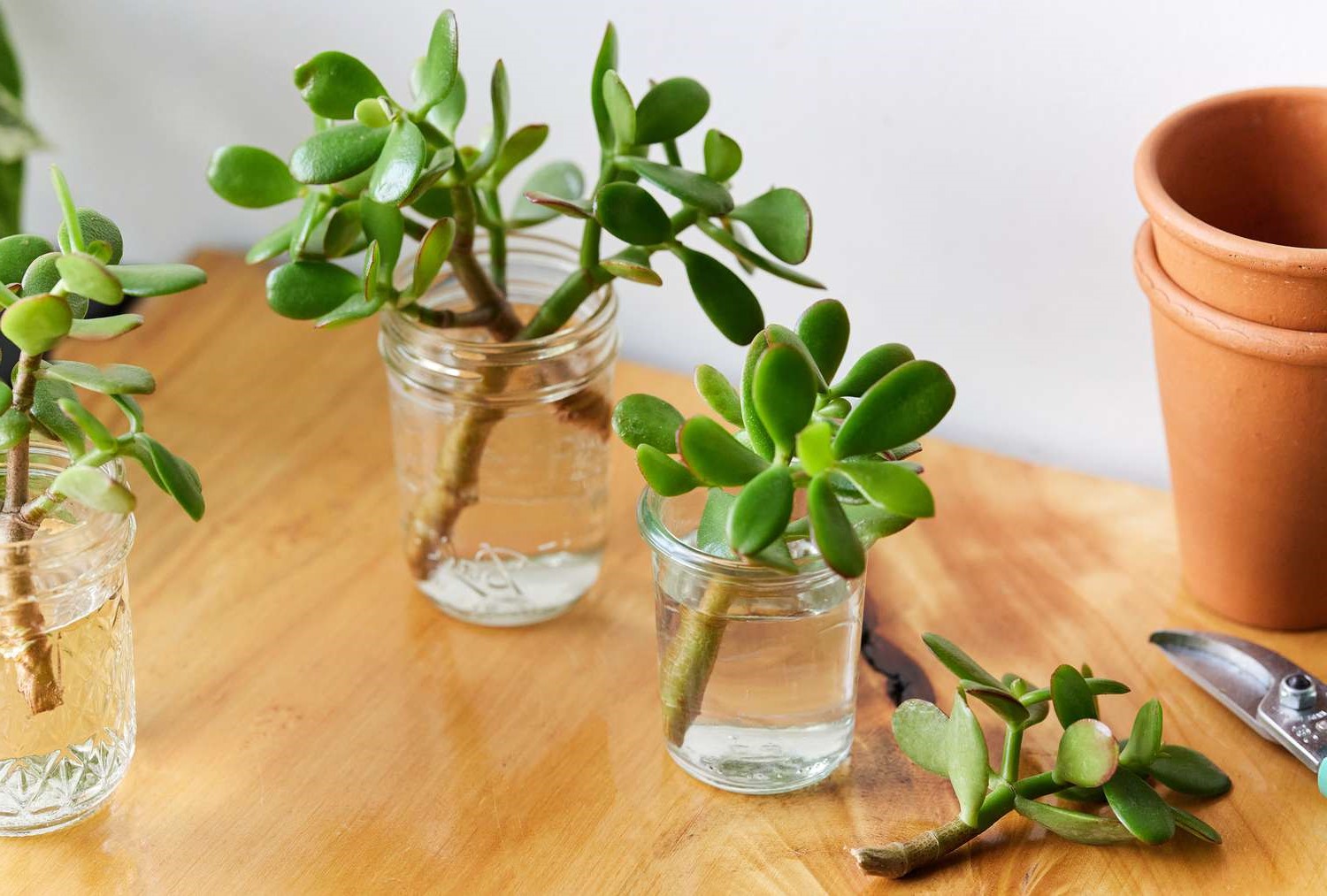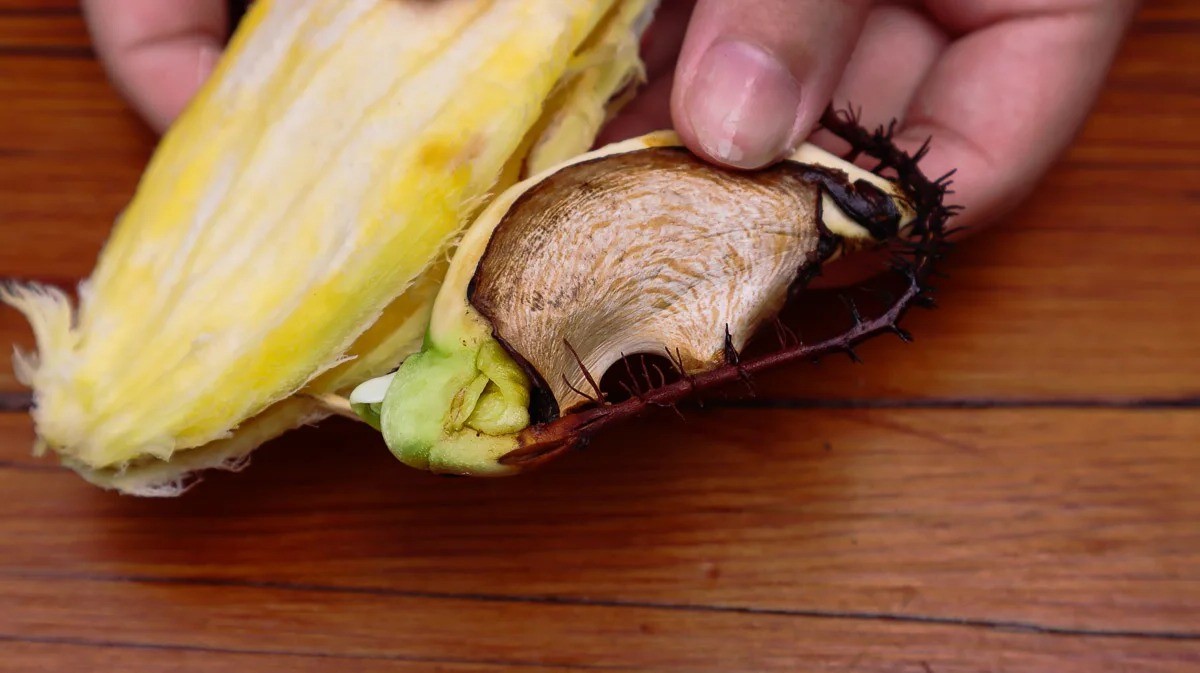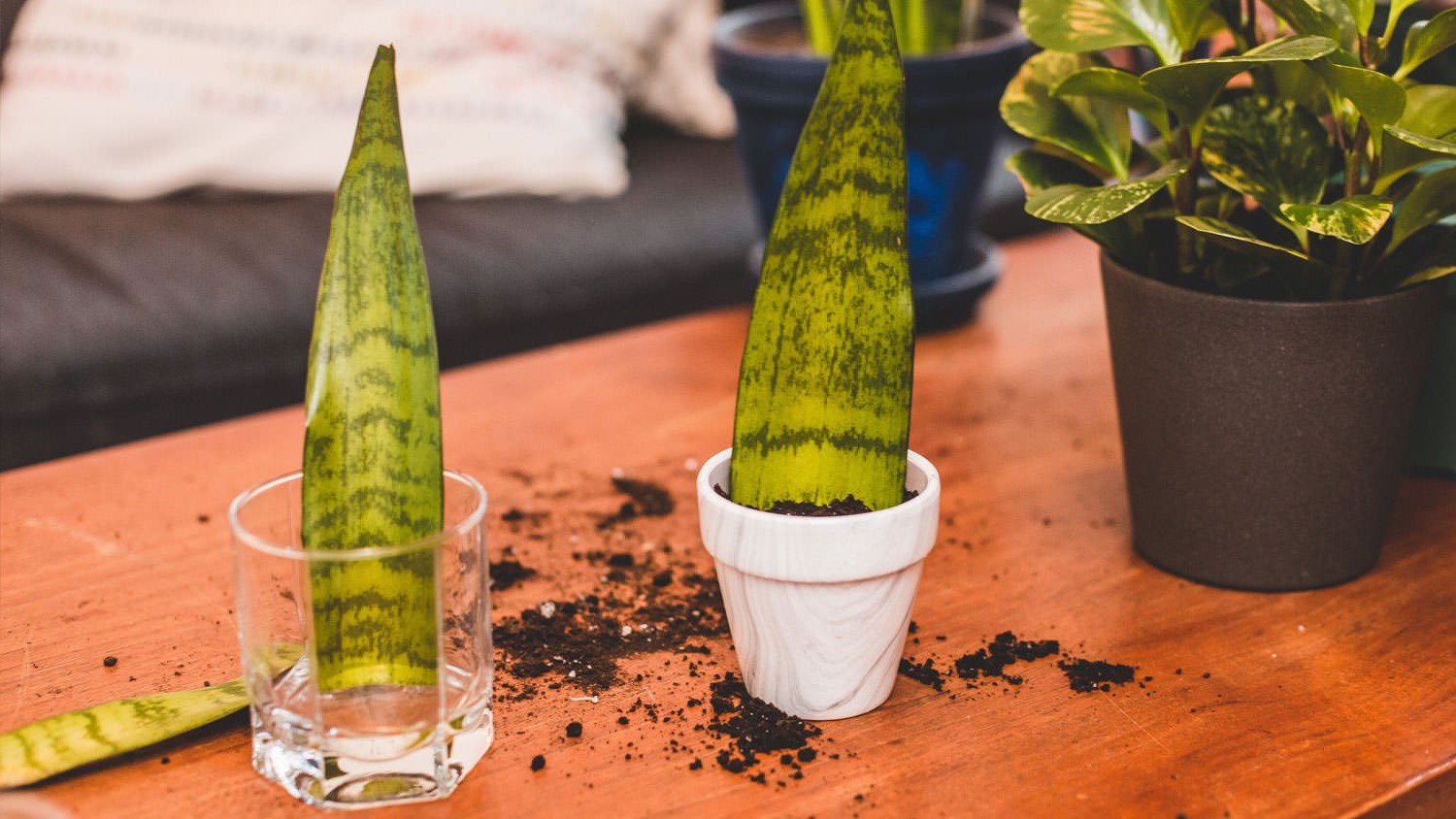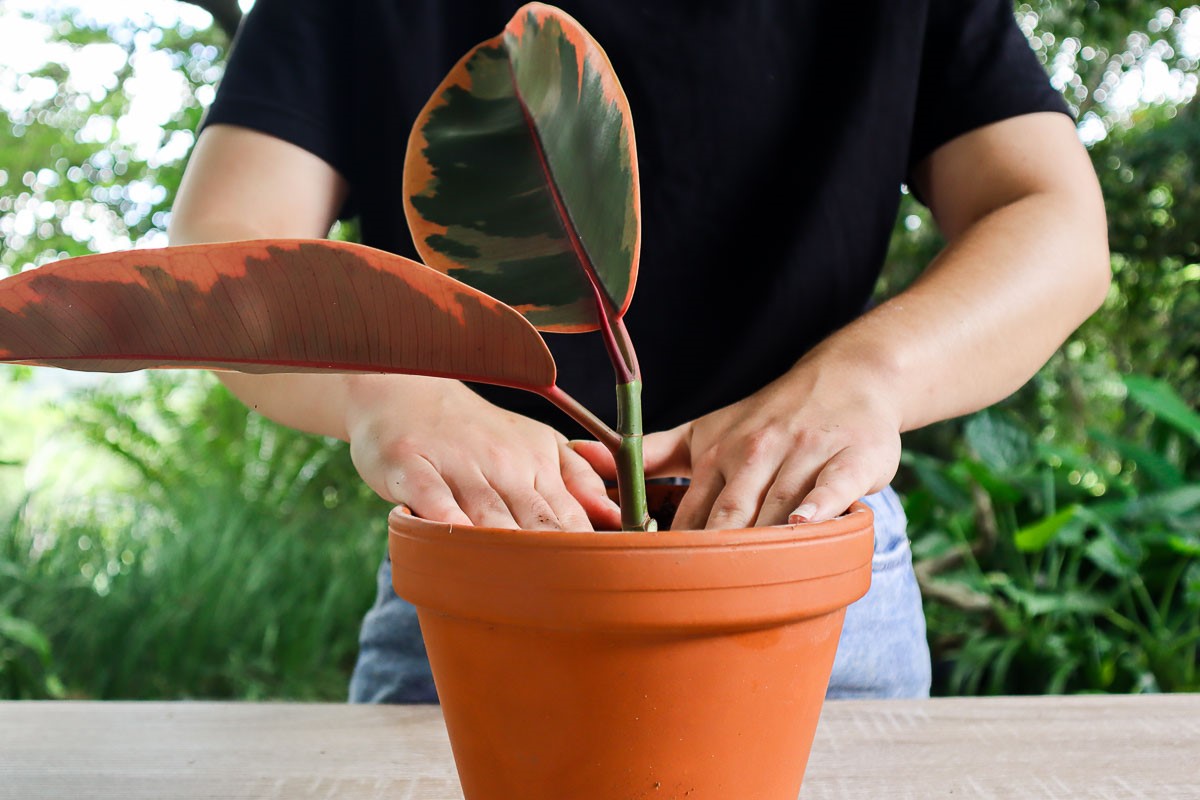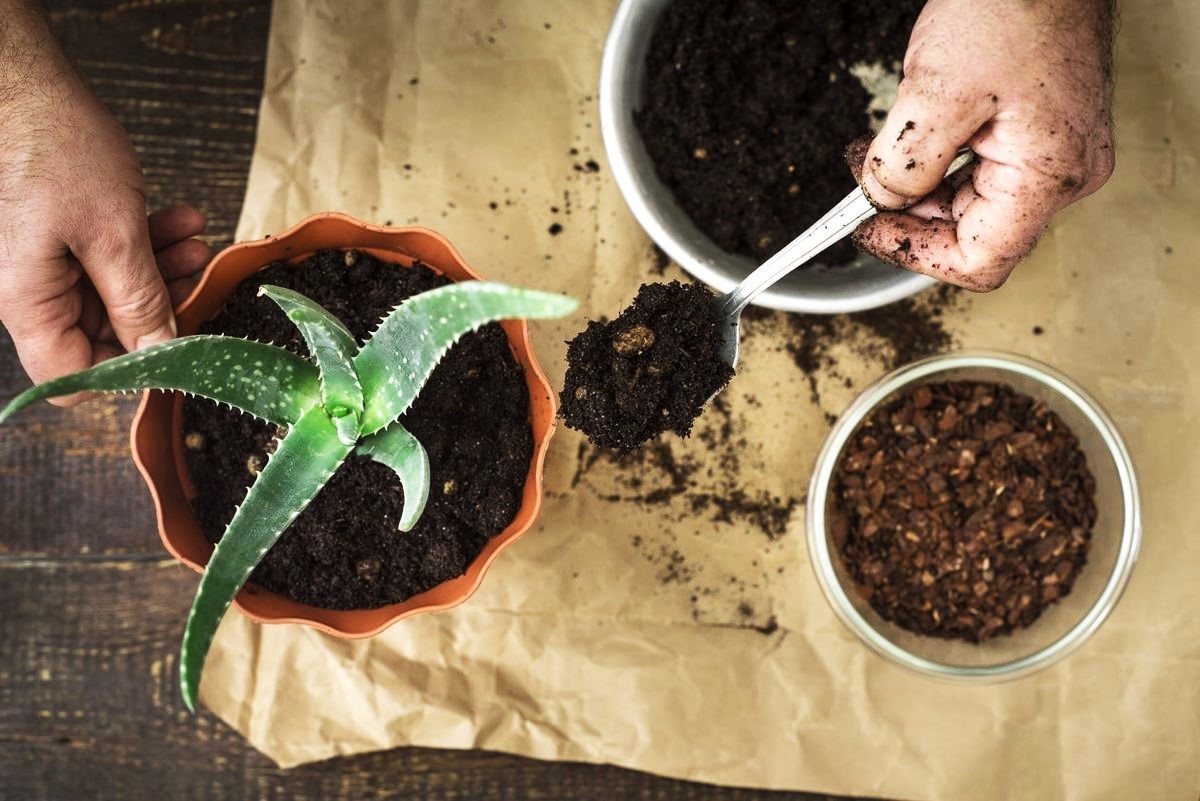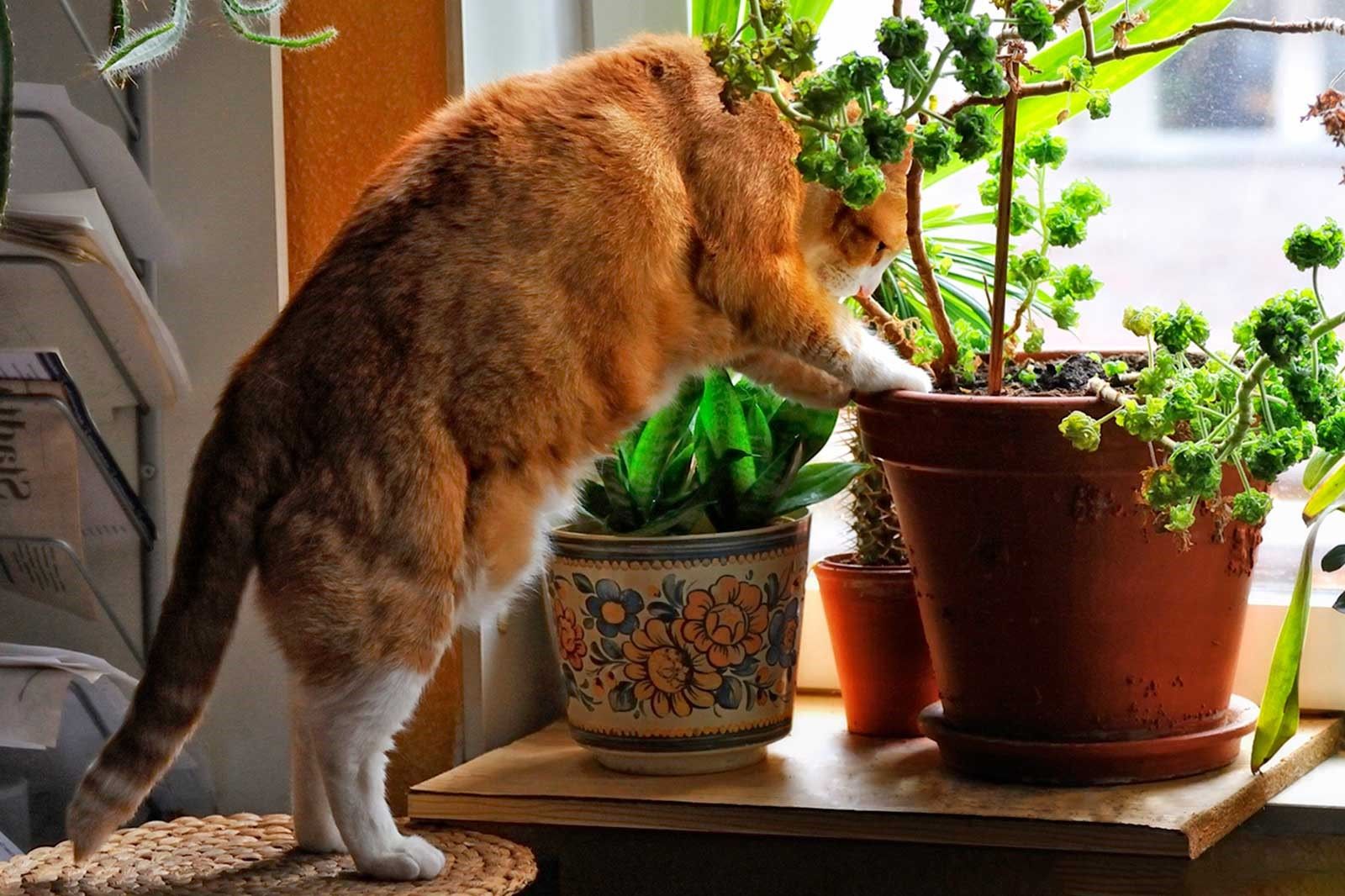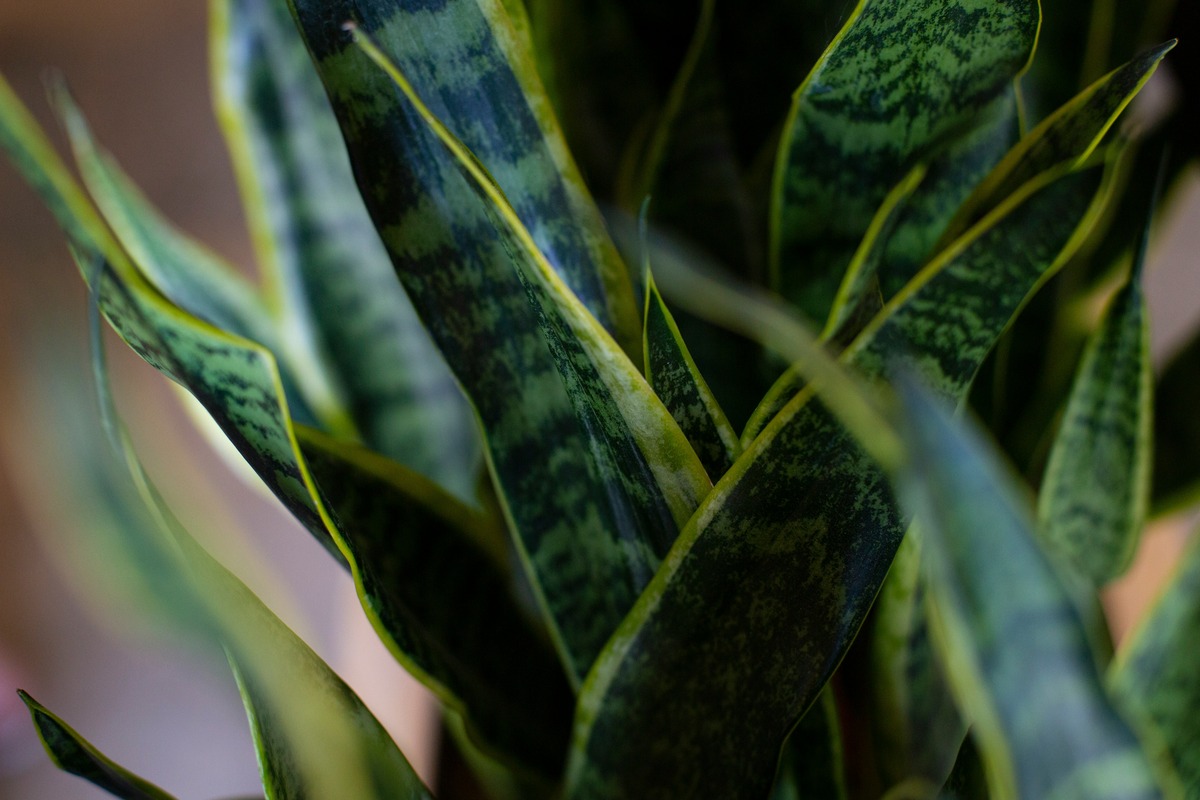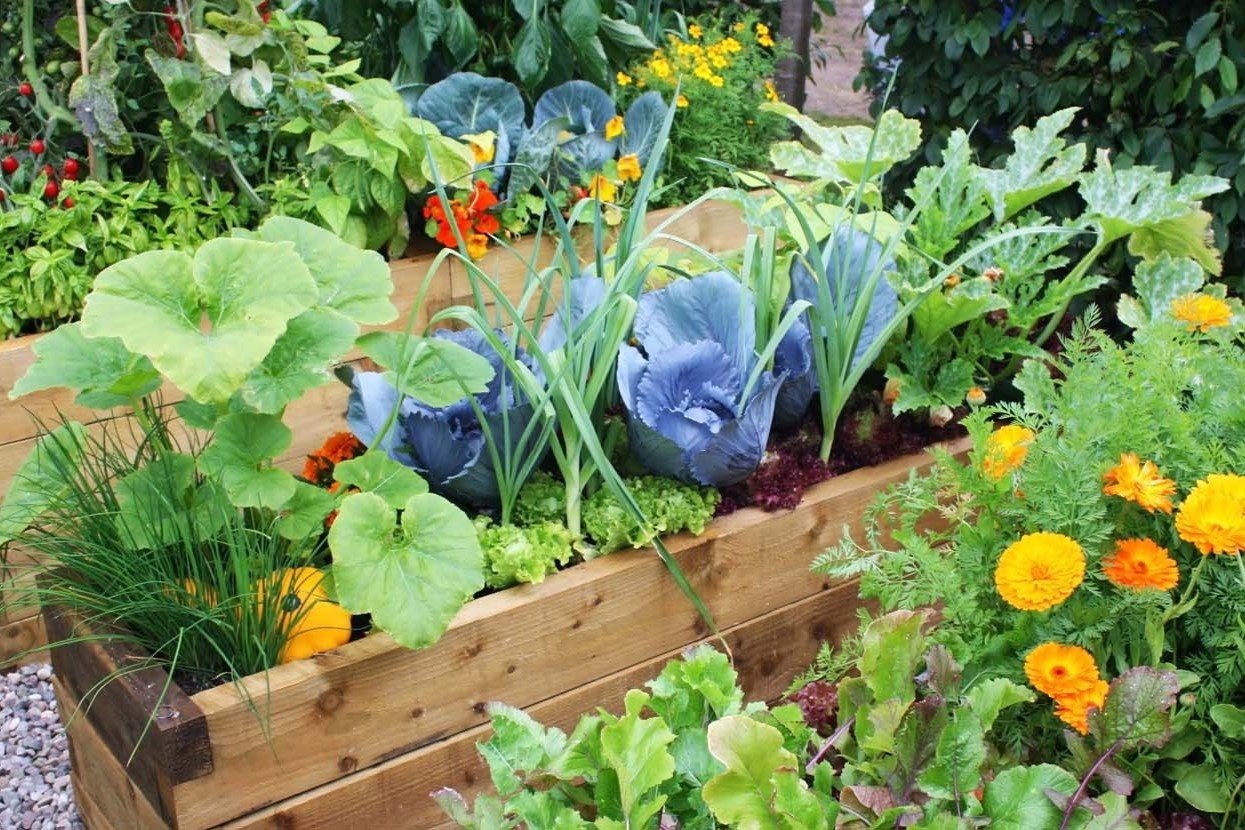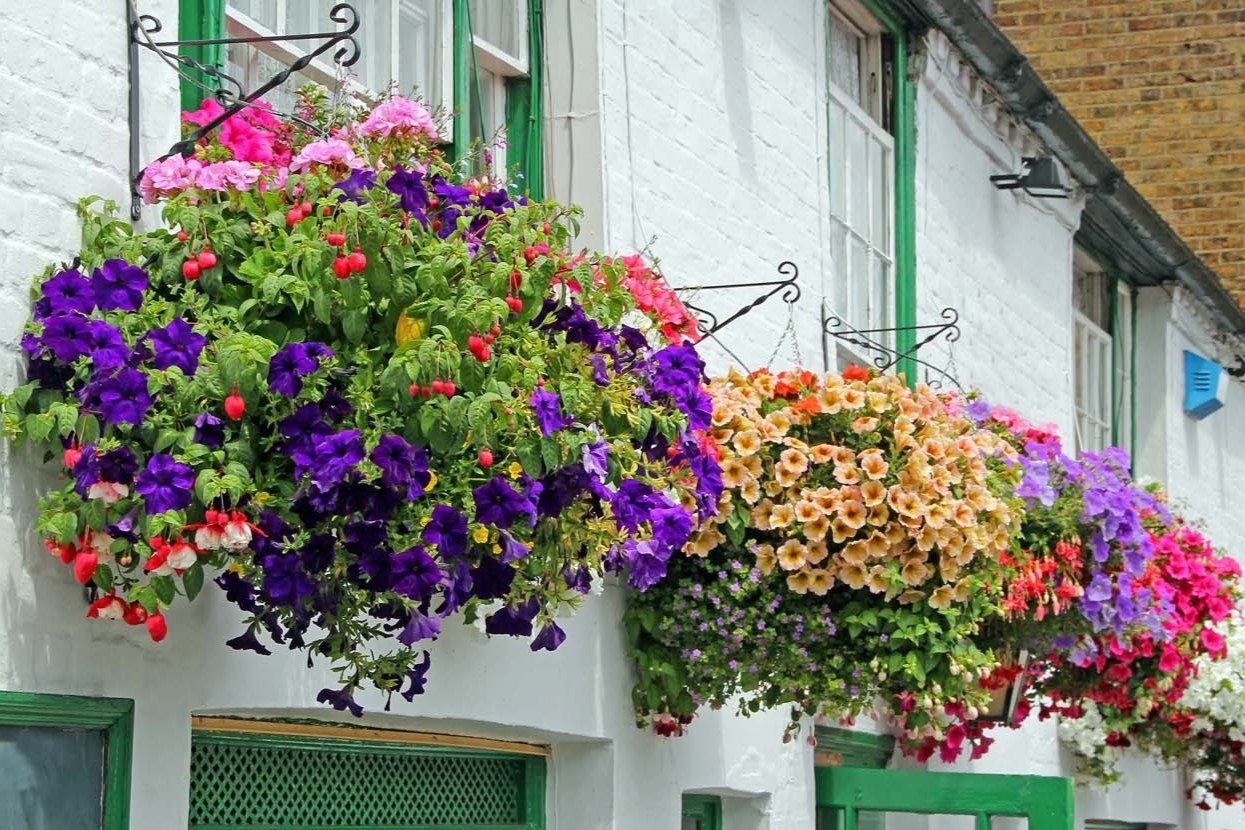Home>Home and Garden>How To Plant Wildflower Seeds
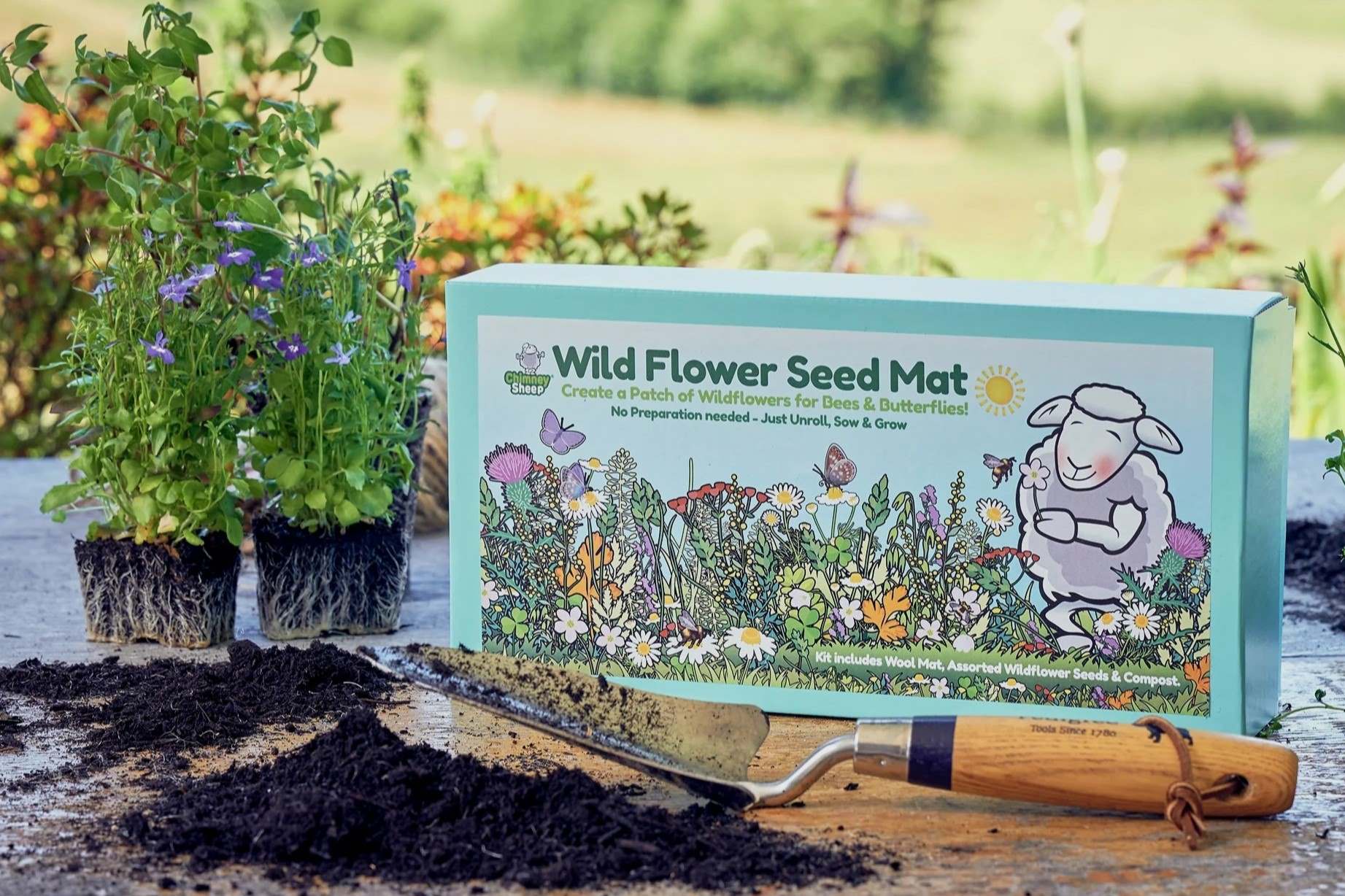

Home and Garden
How To Plant Wildflower Seeds
Published: March 2, 2024
Learn how to plant wildflower seeds in your home garden with our step-by-step guide. Create a beautiful and vibrant outdoor space with these easy tips and techniques.
(Many of the links in this article redirect to a specific reviewed product. Your purchase of these products through affiliate links helps to generate commission for Noodls.com, at no extra cost. Learn more)
Table of Contents
Introduction
Wildflowers are not only beautiful but also play a crucial role in supporting local ecosystems and wildlife. Planting wildflower seeds in your garden or outdoor space can bring a burst of vibrant colors and a touch of natural beauty to the surroundings. Whether you are a seasoned gardener or a novice enthusiast, cultivating wildflowers from seeds can be a rewarding and enjoyable experience.
In this comprehensive guide, we will explore the essential steps and considerations for successfully planting wildflower seeds. From selecting the right location to caring for the seedlings, each stage of the process is vital in ensuring the growth and blossoming of these delightful flowers. By following these guidelines, you can create a flourishing wildflower garden that not only enhances the aesthetic appeal of your property but also contributes to the preservation of native flora and the well-being of local pollinators.
The journey of planting wildflower seeds is not just about nurturing the plants; it is a journey of fostering a deeper connection with nature. As you witness the transformation of tiny seeds into vibrant blooms, you will gain a profound appreciation for the natural world and the intricate processes that sustain it. So, let's embark on this enchanting adventure of sowing, growing, and nurturing wildflowers, and witness the magic of nature unfold before our eyes.
Read more: How To Plant Lemon Seeds
Choosing the Right Location
Selecting the appropriate location for planting wildflower seeds is a critical first step in ensuring the success of your wildflower garden. The ideal location should provide the necessary conditions for the seeds to germinate, grow, and flourish into a vibrant display of colors. Here are the key factors to consider when choosing the right location for planting wildflower seeds:
-
Sunlight Exposure: Wildflowers thrive in areas with ample sunlight. When selecting a location, opt for an area that receives at least 6-8 hours of direct sunlight per day. This ensures that the wildflower seeds receive the energy they need to germinate and grow vigorously.
-
Soil Quality: The soil quality plays a pivotal role in the growth of wildflowers. Choose a location with well-draining soil that is rich in organic matter. Avoid areas with compacted or waterlogged soil, as this can hinder the germination and growth of the seeds.
-
Natural Habitat: Observing the natural habitat of wildflowers can guide your choice of location. If possible, mimic the conditions of the native habitat of the wildflowers you intend to plant. This may involve considering factors such as moisture levels, soil composition, and the presence of companion plants.
-
Protection from Wind: While wildflowers enjoy sunlight, they also benefit from some protection against strong winds. Select a location that offers some natural windbreak, such as a fence, shrubs, or trees, to shield the delicate seedlings from excessive wind exposure.
-
Accessibility to Pollinators: Wildflowers rely on pollinators such as bees, butterflies, and hummingbirds for the fertilization of their blooms. Choose a location that is easily accessible to these pollinators, as their presence is essential for the successful pollination and reproduction of the wildflowers.
By carefully considering these factors and selecting a location that aligns with the needs of wildflower seeds, you can create an optimal environment for the growth and flourishing of your wildflower garden. The right location sets the stage for a thriving ecosystem of vibrant blooms, buzzing pollinators, and the enchanting beauty of nature.
Preparing the Soil
Preparing the soil is a crucial step in establishing the foundation for successful wildflower growth. The quality of the soil directly impacts the germination, root development, and overall health of the wildflower seedlings. By taking the time to prepare the soil properly, you can create an optimal environment that nurtures the seeds and supports robust growth.
Clearing the Area
Before preparing the soil, it is essential to clear the designated area of any debris, weeds, or unwanted vegetation. Remove rocks, roots, and any other obstacles that may impede the growth of the wildflower seeds. Clearing the area creates a clean canvas for sowing the seeds and allows for better soil contact, essential for successful germination.
Soil Testing
Conducting a soil test can provide valuable insights into the composition and pH levels of the soil. This information helps determine if any amendments are necessary to optimize the soil for wildflower growth. Most wildflowers thrive in slightly acidic to neutral soil with a pH range of 6.0 to 7.0. If the soil pH is outside this range, amendments such as lime or sulfur can be added to adjust the pH levels accordingly.
Soil Amendment
Adding organic matter, such as compost or well-rotted manure, can improve the soil structure and fertility. Organic matter enhances the soil's ability to retain moisture, promotes aeration, and provides essential nutrients for the wildflower seeds. Incorporating organic matter into the soil also encourages beneficial microbial activity, creating a healthy environment for the seeds to establish strong roots and thrive.
Tilling and Raking
Once the soil has been cleared and amended, tilling the soil to a depth of 4-6 inches helps loosen compacted soil and facilitates better root penetration. Avoid excessive tilling, as it can disrupt the natural soil structure and beneficial soil organisms. After tilling, use a rake to create a level surface, breaking up any large clumps and ensuring an even seedbed for sowing.
Mulching
Applying a thin layer of mulch over the prepared soil helps conserve moisture, suppress weed growth, and protect the seeds from erosion. Organic mulches, such as straw or shredded leaves, are excellent choices for wildflower beds. Mulching also provides insulation to the soil, moderating temperature fluctuations and creating a favorable environment for seed germination and early seedling growth.
By meticulously preparing the soil, you lay the groundwork for a thriving wildflower garden. The care and attention invested in soil preparation set the stage for the successful germination and growth of wildflower seeds, ultimately leading to a breathtaking display of nature's beauty in your garden or outdoor space.
Selecting the Right Wildflower Seeds
Choosing the right wildflower seeds is a pivotal decision that significantly influences the diversity, color palette, and overall appeal of your wildflower garden. With a myriad of wildflower species available, each boasting unique characteristics and growing requirements, thoughtful consideration is essential when selecting the seeds that will adorn your outdoor space with natural splendor.
Native vs. Non-Native Species
When selecting wildflower seeds, consider whether to opt for native or non-native species. Native wildflowers are indigenous to a specific region and have evolved alongside local ecosystems, making them well-adapted to the climate, soil, and wildlife in the area. Planting native wildflowers can contribute to the preservation of local biodiversity and provide essential resources for native pollinators. On the other hand, non-native wildflowers, while often visually striking, may pose the risk of becoming invasive and outcompeting native flora. Carefully assess the ecological impact and suitability of each species before making your selection.
Diversity and Blooming Seasons
A diverse mix of wildflower seeds can create a visually captivating and ecologically beneficial garden. Aim to select a variety of wildflowers with staggered blooming periods, ensuring a continuous display of colors and nectar sources throughout the growing season. By incorporating early, mid, and late-blooming species, you can orchestrate a symphony of blossoms that evolves and transitions with the changing seasons, attracting a diverse array of pollinators and enhancing the aesthetic allure of your garden.
Site-Specific Considerations
Consider the specific conditions of your planting site when choosing wildflower seeds. Factors such as sunlight exposure, soil type, moisture levels, and climate should guide your selection. Some wildflowers thrive in sunny, well-drained areas, while others prefer partial shade and moist soil. By aligning the seed selection with the site-specific conditions, you can maximize the chances of successful establishment and long-term vitality of the wildflowers in your garden.
Sourcing High-Quality Seeds
When acquiring wildflower seeds, prioritize high-quality, locally sourced seeds from reputable suppliers. Opt for seeds that are free from contaminants and invasive species, ensuring that your garden contributes positively to the local ecosystem. Look for seed mixes or individual species that are certified as non-GMO and untreated with harmful chemicals. Additionally, seek out seeds that are ethically harvested and support sustainable wildflower conservation efforts.
Personal Preference and Creativity
Ultimately, let your personal preferences and creative vision guide the selection of wildflower seeds. Consider the color schemes, textures, and heights of the wildflowers to curate a garden that reflects your unique style and resonates with your aesthetic sensibilities. Embrace the opportunity to experiment with different combinations and create a tapestry of wildflowers that brings joy and inspiration to your outdoor space.
By thoughtfully selecting the right wildflower seeds, you lay the foundation for a vibrant and thriving wildflower garden that not only enchants the senses but also contributes to the ecological tapestry of your local environment. Each seed holds the promise of a blossoming spectacle, inviting you to embark on a journey of discovery and appreciation for the wonders of nature.
Planting the Seeds
Planting wildflower seeds marks the pivotal moment when the vision of a vibrant, blossoming garden begins to take root. This transformative process requires careful attention to detail and a deep understanding of the needs of the seeds. By following the essential steps outlined below, you can sow the seeds with confidence, setting the stage for a breathtaking display of nature's beauty.
Timing and Season
The timing of seed planting plays a crucial role in the success of your wildflower garden. In most regions, the optimal time for sowing wildflower seeds is in the early spring or late fall. These periods provide favorable conditions for seed germination and establishment, allowing the seeds to take root and develop before the onset of extreme weather conditions. By aligning the planting schedule with the natural rhythms of the seasons, you maximize the chances of successful seedling emergence and robust growth.
Seedbed Preparation
Prepare the seedbed by ensuring that the soil is finely textured and free of large clumps. Rake the soil to create a smooth, level surface, providing an ideal canvas for sowing the seeds. Lightly press or roll the soil to ensure good seed-to-soil contact, which is essential for the germination process. Avoid burying the seeds too deeply; a gentle raking or light covering of soil is often sufficient to secure the seeds in place.
Read more: How To Grow Watermelon From Seed
Sowing Techniques
When sowing wildflower seeds, consider the distribution method that best suits the seed characteristics and the desired aesthetic outcome. For larger seeds, such as sunflowers or lupines, individual placement or spacing may be preferred to allow ample room for growth. For smaller seeds, such as poppies or daisies, broadcasting the seeds evenly across the prepared seedbed ensures a diverse and naturalistic distribution. Lightly press the seeds into the soil after sowing to promote good seed-to-soil contact.
Watering and Mulching
After sowing the seeds, gently water the seedbed using a fine mist or gentle spray to avoid displacing the seeds. Keep the soil consistently moist but not waterlogged, as excessive moisture can hinder germination. Applying a thin layer of mulch over the seeded area helps retain moisture, regulate soil temperature, and protect the seeds from birds and other seed predators. Organic mulches, such as straw or coconut coir, provide an excellent protective layer while allowing air and water to reach the seeds.
Patience and Observation
Once the seeds are sown and the seedbed prepared, exercise patience and keen observation as nature works its magic. Monitor the seedbed regularly for signs of germination, such as tiny seedlings emerging from the soil. As the seedlings grow, continue to provide consistent moisture and gentle care, nurturing the delicate beginnings of your wildflower garden.
By embracing the art of planting wildflower seeds with precision and care, you set the stage for a flourishing garden that embodies the beauty and resilience of nature. Each seed holds the promise of a vibrant bloom, inviting you to witness the awe-inspiring transformation from tiny seeds to a kaleidoscope of wildflower hues.
Caring for Wildflower Seedlings
Caring for wildflower seedlings is a nurturing process that requires attention to detail and a deep understanding of the delicate needs of the emerging plants. As the seedlings begin to sprout and establish their roots, providing the right care and support is essential for their continued growth and development. Here are the key steps to ensure the well-being of wildflower seedlings:
Read more: How To Grow Orange Seeds
Gentle Watering
Maintaining consistent moisture levels is crucial for the healthy growth of wildflower seedlings. Water the seedlings gently, using a fine mist or a watering can with a gentle shower setting to avoid disturbing the delicate roots. Ensure that the soil remains evenly moist, but not waterlogged, as excessive moisture can lead to root rot and other issues. During dry periods, monitor the soil moisture regularly and provide supplemental watering as needed.
Thinning and Transplanting
As the seedlings grow, thinning may be necessary to provide adequate space for the remaining plants to thrive. Thin out overcrowded seedlings by carefully removing the weaker ones, allowing the stronger seedlings to receive ample sunlight, nutrients, and room for root expansion. Additionally, if the seedlings were initially sown densely for germination, consider transplanting them to their final growing positions once they have developed several sets of true leaves.
Weed Control
Regularly inspect the area around the wildflower seedlings for any competing weeds. Remove weeds carefully to prevent damage to the delicate roots of the seedlings. Mulching around the seedlings can help suppress weed growth while retaining soil moisture, creating a favorable environment for the young plants to flourish.
Fertilization
While wildflowers are generally low-maintenance, some species may benefit from a light application of a balanced, organic fertilizer during their early growth stages. However, it is essential to research the specific fertilizer requirements of the wildflower species being cultivated, as excessive fertilization can lead to excessive foliage growth at the expense of flower production.
Read more: How To Harvest Sunflower Seeds
Protection from Pests and Diseases
Monitor the seedlings for signs of pest infestations or disease. Inspect the leaves and stems for any unusual discoloration, spots, or damage. If pests are detected, consider employing natural pest control methods, such as introducing beneficial insects or using organic pest deterrents. Additionally, practicing good garden hygiene and providing adequate air circulation can help prevent the onset of common plant diseases.
Support and Staking
Some taller or more delicate wildflower species may benefit from gentle support or staking to prevent bending or breakage. As the seedlings grow, assess their structural integrity and provide support as needed to ensure that they develop into strong, upright plants.
By tending to the needs of wildflower seedlings with care and attentiveness, you can foster their growth into robust, blooming plants that contribute to the natural splendor of your garden. Each tenderly nurtured seedling holds the promise of adding its unique charm and vibrancy to the tapestry of wildflowers, creating a captivating display of nature's beauty.
Conclusion
In the realm of gardening, the journey of planting wildflower seeds transcends the act of cultivation; it embodies a profound connection with nature and a celebration of biodiversity. As we conclude this comprehensive guide, it is evident that the process of nurturing wildflowers from seeds is a testament to the transformative power of nature and the artistry of gardening.
The journey begins with the careful selection of the right location, where sunlight, soil quality, and natural habitat converge to create an optimal environment for wildflower growth. By choosing a site that aligns with the needs of the seeds, we set the stage for a flourishing ecosystem of vibrant blooms and buzzing pollinators.
Preparing the soil becomes an act of laying the groundwork for the seeds to take root and thrive. Through soil testing, amendment, and mulching, we create a nurturing environment that fosters the germination and growth of wildflowers, ensuring that each seed finds a welcoming home in the earth.
The selection of the right wildflower seeds is a harmonious blend of ecological mindfulness and creative expression. By considering native species, diversity, and site-specific conditions, we curate a symphony of wildflowers that not only captivates the eye but also contributes to the preservation of local ecosystems.
The art of planting the seeds is a transformative act that marks the beginning of a captivating journey. By sowing the seeds with precision, care, and patience, we invite the promise of a blossoming spectacle, where each seed holds the potential to unfurl into a kaleidoscope of colors, breathing life into the garden.
Caring for the tender seedlings becomes an intimate dance of nurturing, as we provide the essential support and attention needed for their growth. Through gentle watering, thinning, and protection from pests and diseases, we safeguard the delicate beginnings of the wildflowers, ensuring their resilience and vitality.
As we conclude this journey of planting wildflower seeds, we are reminded that the beauty of nature is not merely observed but actively nurtured. Each step, from selecting the location to tending to the seedlings, is an invitation to immerse ourselves in the wonder of the natural world and witness the transformative power of growth and blossoming.
In the garden of wildflowers, every seed sown is a testament to our commitment to preserving the delicate balance of nature and embracing the enchanting beauty that unfolds with each bloom. As we tend to our wildflower garden, we become stewards of a living tapestry, where the vibrant hues of nature intertwine with the rhythms of life, inviting us to cherish the timeless allure of wildflowers.
